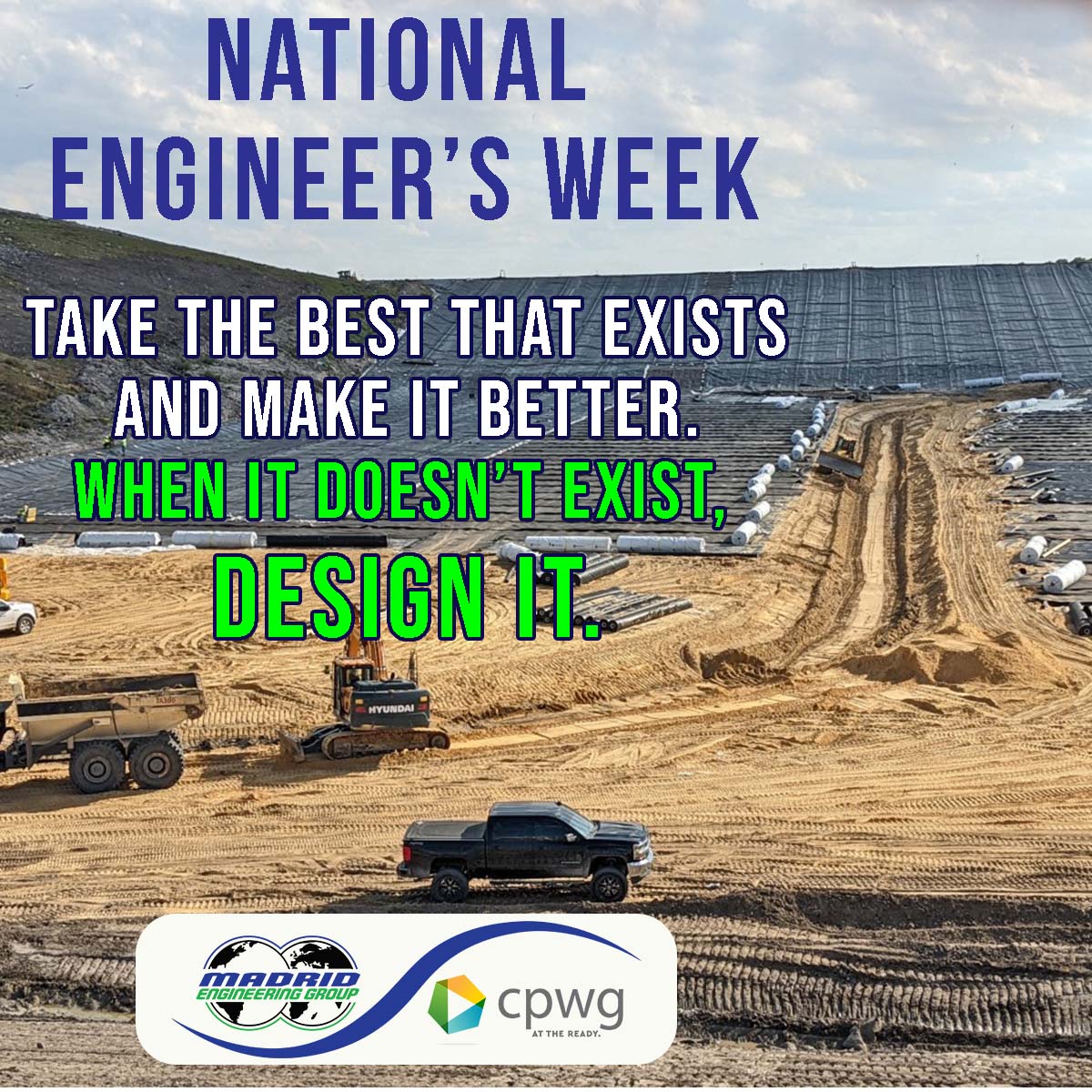
A spark of inspiration can pave the way for a lifetime of passion. For some of today’s most accomplished engineers, that spark never went away, and it continues to drive them today. In honor of Engineers Week, February. 20-26, we’re celebrating that spark by asking these innovators —what drove them to choose engineering as a profession.
ENGINEERS CAN BUILD A MORE EQUITABLE WORLD
“I am inspired by creating technology that will allow humans to all be equal contributors to society regardless of their race, ethnicity, or physical capability. I design technology for social good.” – Gloria Washington, IEEE Member
ENGINEERS ARE UNIQUELY SITUATED TO CREATE
“Engineers have the greatest of opportunities to create. These creations can benefit people in how they live and work and hence enhance their quality of life. I got more involved and fell in love with engineering when I was designing and developing new products for the real world which I could see and touch and feel when I visited shops selling them.” – Sudeendra Koushik, IEEE Senior Member
ENGINEERS MAKE THE WORLD SAFER
“I’m inspired by the potential to use connected and autonomous driving technology to reduce fatal accidents involving vulnerable road users and to improve the mobility choices of underserved communities, elderly people and people with visual impairments. I am driven by the desire of making the development and validation of these connected and autonomous driving solutions for mobility improvement: safe, time-saving and cost-effective. – Bilin Aksun Guvenc, IEEE Member
ENGINEERS IMPROVE HEALTH CARE
“Being curious about how programming works and the endless applications one can build using it led me to be a computer scientist today.
My undergraduate and graduate study laid the foundation of problem-solving and machine learning. I am personally inspired by the impact of research done in the medical community in order to discover underlying conditions of many chronic diseases. And hence, much of my research work as a PhD student focuses on building interpretable deep learning models for early detection and prediction of neurodegenerative disorders.” – Jay Shah, IEEE Senior Member
ENGINEERS LEARN FOR A LIFETIME
“Learning — about anything and everything. While I can’t schedule as much structured learning time nowadays, I’m always excited to learn new things in my everyday life — about technology, science, history or any other topic. As for what drives my work, the wish that my daughter gets to live in a world that is better than the one I grew up in. – Jorge Soares, IEEE Senior Member
ENGINEERS SOLVE PUZZLES EVERY DAY
“The seemingly magical nature of computing technology inspired me. The speed at which complex problems could be solved, the large distances across which one could communicate — it was like magic when I was first exposed to it. But what was even more fun to me was the way one formulates and solves problems using algorithms. Computational abstraction and algorithmic modeling were much more fun than classical mathematical modeling. It was like solving puzzles at first, and then seeing how these puzzles fit together to form a system that leads to automation at an unimaginable scale.” – Nasir Memon, IEEE Fellow
ENGINEERS CONNECT THE WORLD
“Broadband information networks are more important than ever before. They have a great impact on daily life. It motivates me to devote my life to pushing these technologies forward.” – Rentao Gu, IEEE Senior member.
ENGINEERS NEVER GETS BORED (MOSTLY)
“The point about engineering, and especially research in cybersecurity which is my main focus, is that it never gets boring. It has given me the opportunity to work with topics as different as healthcare, connected vehicles, online games, banking, cloud computing, biodiversity, multimedia streaming, among many others. It is always a learning experience, and when something we propose gets actually adopted by someone I had never met before, (and that happens!), that means I’m on the right track.” – Marcos Simplicio, IEEE Member
The original article is located at IEEE Transmitter
FEBRUARY 22, 2022
